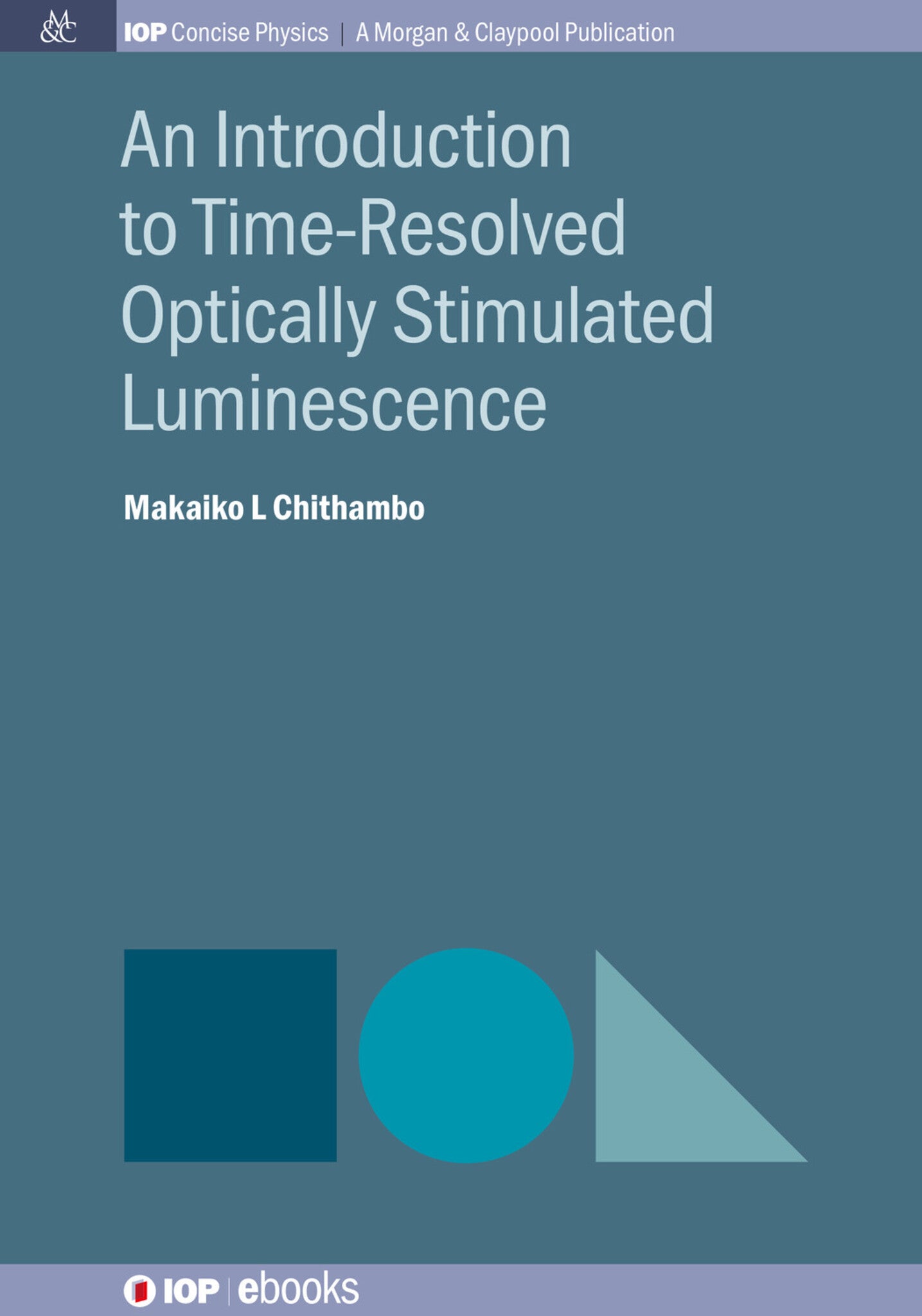We're sorry. An error has occurred
Please cancel or retry.
An Introduction to Time-Resolved Optically Stimulated Luminescence

Some error occured while loading the Quick View. Please close the Quick View and try reloading the page.
Couldn't load pickup availability
- Format:
-
13 December 2018

Time-resolved optical stimulation of luminescence is established as an important method for the measurement of optically stimulated luminescence. The luminescence is stimulated from a sample using a brief light pulse. The ensuing luminescence can be monitored either during stimulation in the presence of scattered stimulating light or after the light pulse. The time-resolved luminescence spectrum measured in this way can be resolved into components each with a distinct lifetime. The lifetimes are linked to physical processes of luminescence and thus provide a means to study dynamics involving charge transfer between point defects in materials.
This book is suitable for researchers with an interest in the study of point defects using luminescence methods. It first sets the method within the context of luminescence field at large and then provides an overview of the instrumentation used. There is much attention on models for time-resolved optically stimulated luminescence. To bring relevance to the discussion, the text draws on examples from studies on quartz and α-Al2O3:C; two materials widely investigated using this method. An Introduction to Time-Resolved Optically StimulatedLuminescence also shows how kinetic analysis for various thermal effects, such as thermal quenching and thermal assistance, can be investigated using time-resolved luminescence. Although use of light sums is an obvious choice for this, contemporary work is discussed to show the versatility of using other alternative methods such as the dynamic throughput.

SCIENCE / Physics / Optics & Light, SCIENCE / Weights & Measures, TECHNOLOGY & ENGINEERING / Manufacturing

1. Introduction 2. Instrumentation and Experimental Methods 3. Models of Time-Resolved Optically Stimulated Luminescence 4. Temperature Dependent Effects of Luminescence Lifetimes 5. A Kinetic Model of Time-Resolved Luminescence 6. Effects of Measurement Temperature on Luminescence Intensity Appendix A



